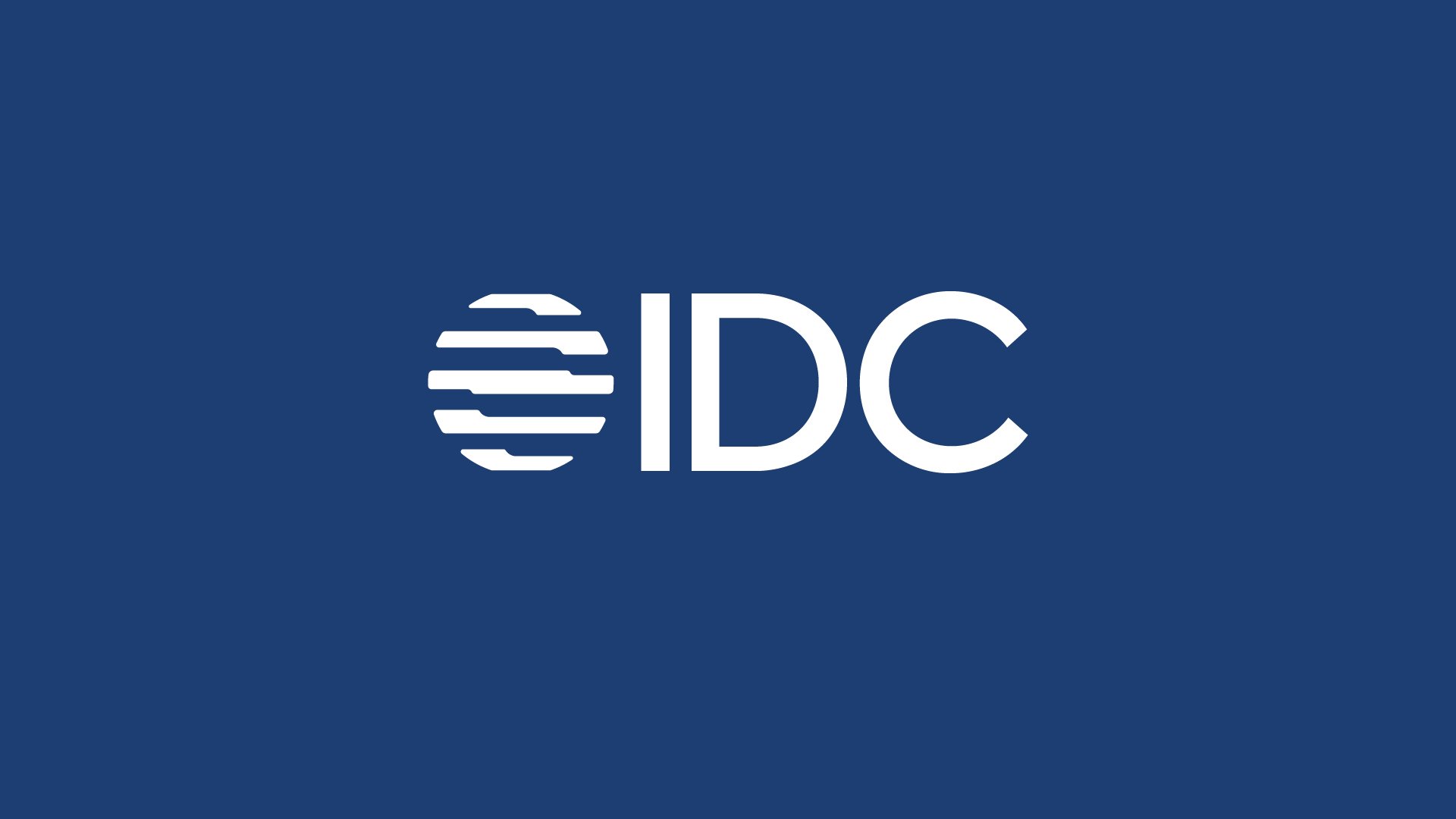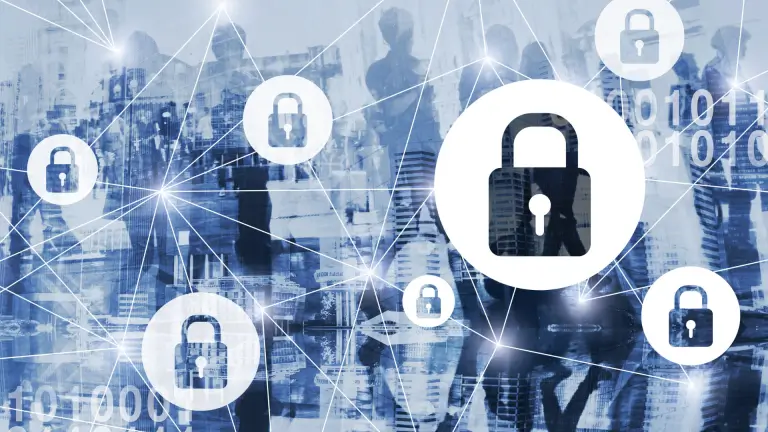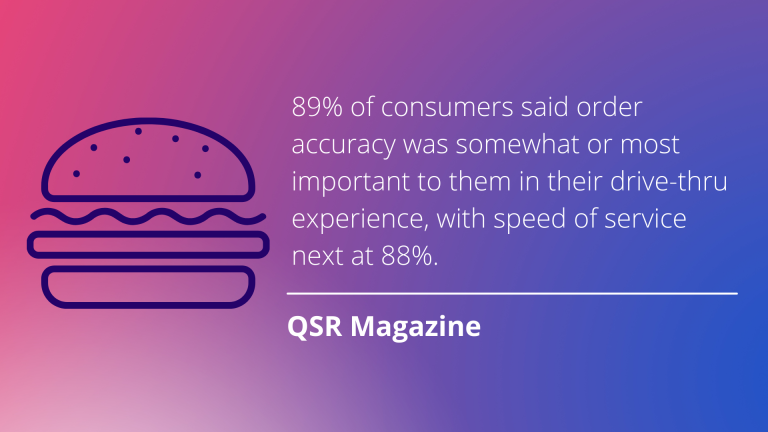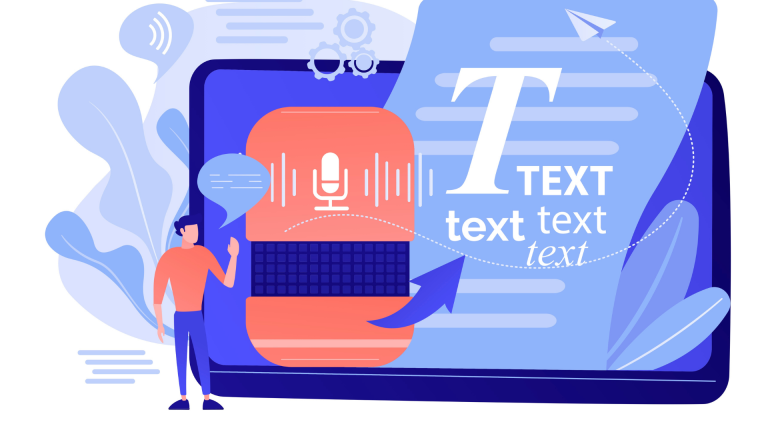Data privacy is an enormous concern for consumers wondering who may be viewing their data and the possibility that it can be leaked. When data is stored in a shared environment or human workers are viewing it, the risks are even greater. For traditional transcription services, these risks are part of standard practices. Recently, issues relating to privacy have surfaced with Facebook’s transcription audio scandal, Google’s data leak, and leaked voicemails with confidential information.
While banking, healthcare, legal, and contact centers are obvious areas where protecting personally identifiable information is an imperative, any company that receives sensitive user information should be aware of its vulnerability to data leaks and exposure through traditional transcription services. Now more than ever, consumers are demanding transparency from companies regarding how their information is being collected and protected, and companies need to address these issues if they hope to avoid the negative impacts of data leaks.
As a safer alternative to traditional transcription methods, automatic speech recognition (ASR) technology solutions remove the human element and shared data storage from the transcription equation—keeping personally identifiable information secure while providing fast and efficient transcription services. By using ASR technology to transcribe everything from legal documents and patient conversations to banking customer service calls, consumers don’t have to worry about who is seeing their personally identifiable information, if it’s getting leaked, or if their voiceprint is vulnerable to hacking.
Let’s examine these 3 questions about ASR and transcription services:
- Why is data privacy essential for transcription services?
- How do ASR solutions protect data privacy for transcriptions?
- What industries are poised to use ASR for transcriptions?
Why data privacy is essential for transcription services
Transcription services are essential for companies that need to keep written documents of conversations. Transcriptions help with record-keeping, training, accessibility, comprehension, and preserving important documents, but they also come with their own set of concerns about data privacy, especially for personally identifiable information.
Personally identifiable information can consist of direct information, such as social security numbers, driver’s license numbers, financial or medical records, addresses, phone numbers, and email addresses, or indirect information like a combination of gender, race, birth date, geographic location, and other personal descriptors.
Traditional transcription services are vulnerable to privacy concerns due to a few key factors, including:
- Human workers viewing personally identifiable information
- Shared environments and workflows that are not properly encrypted
- Identifying identities based on voiceprints
When people are handling sensitive information, companies have to consider the possibility that data can be misused and leaked. Many transcription services are located offshore, which have different, often less strict, data privacy laws than in the US or EU. The companies using these services aren’t managing the transcribers directly, have no way of knowing exactly how personally identifiable information is being handled, and aren’t aware of the vetting process for employees.









